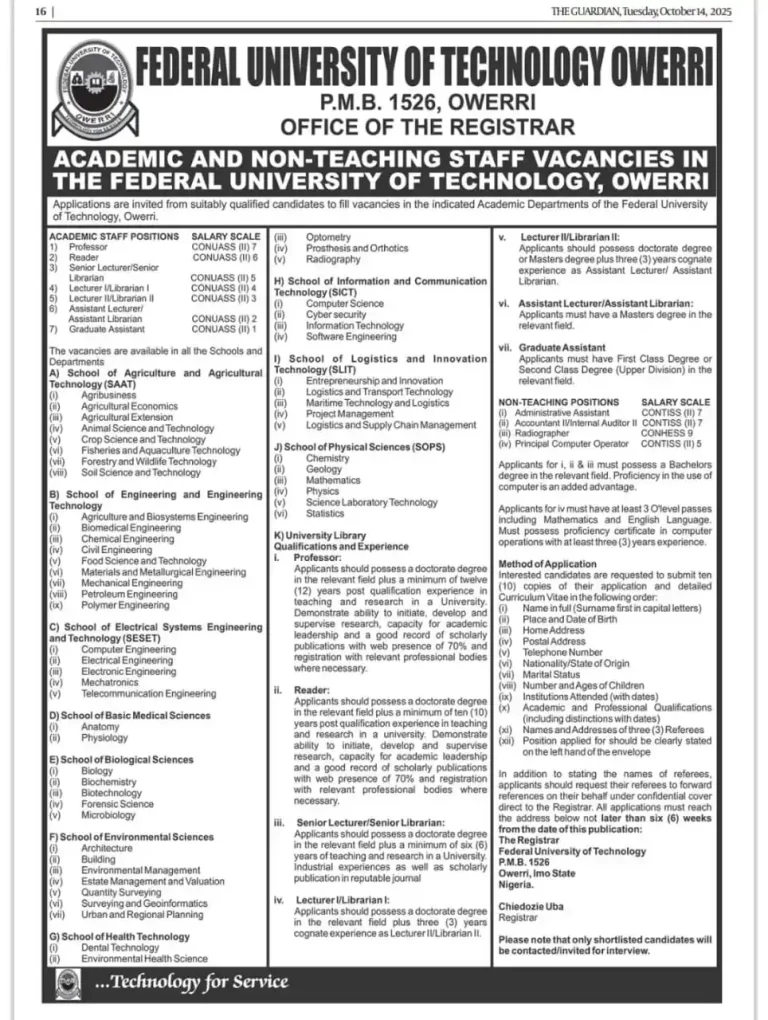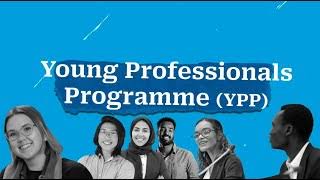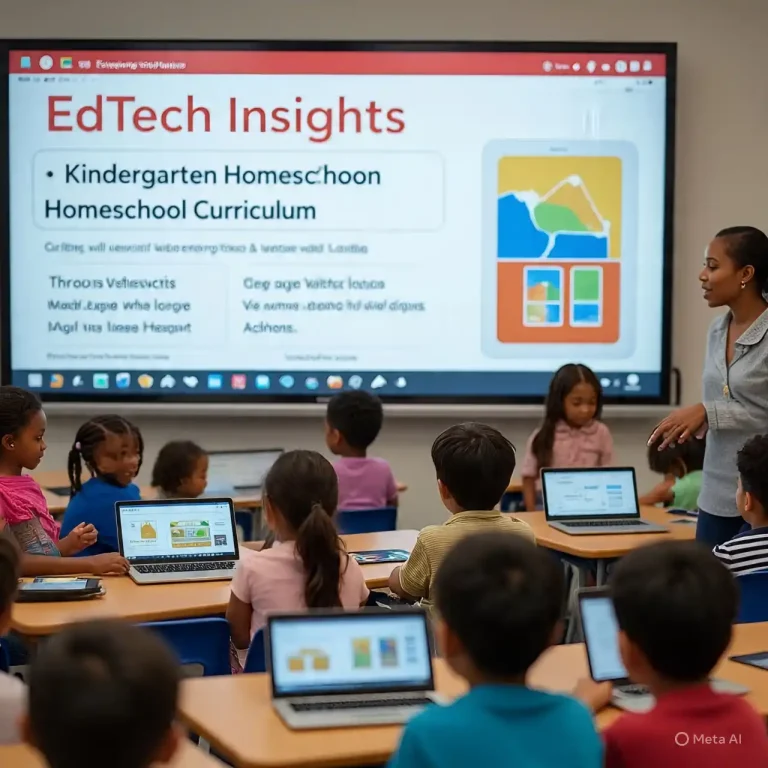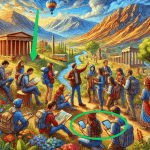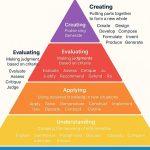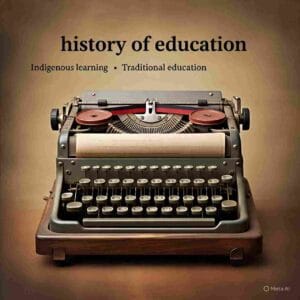
History of Education: From Ancient to indigenous learning
Explore the history of education from ancient civilizations to modern-day Nigeria. Discover indigenous learning, the impact of colonialism, and the different forms of education.
Education has always been part of human life. From the time of early man to today’s modern classroom, learning has taken many shapes. But to understand how we got here, we must go back in time. This post explores the foundation of education, what it means, where it comes from, and how it began, especially in Nigeria.
Defining History and Sources of History
History refers to the systematic study of past events, particularly how they shape human societies and civilizations. It tells us what happened, when, how, and why—using evidence to explain and understand the past. In the context of education, it helps us see how learning has evolved through the ages. Studying history allows us to critically analyze the decisions and developments that led to our current educational systems. Britannica – Definition of History
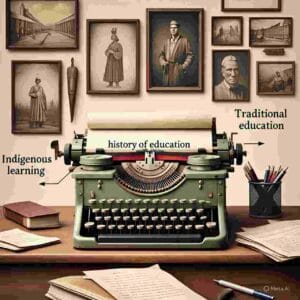
Sources of history are the foundational materials used to study and write about historical events. These include:
- Primary sources – firsthand materials created during the time period being studied. These are raw evidence, like letters, official records, diaries, artifacts, oral traditions, and inscriptions. For example, ancient Egyptian papyri or early Islamic manuscripts in Northern Nigeria provide direct insight into historical educational practices.
- Secondary sources – interpretations or analyses written by others based on primary sources. These include books, articles, documentaries, or research papers that offer a perspective on past events.
- Tertiary sources – materials that summarize or index other sources, like encyclopedias and bibliographies. They provide a broad overview and guide researchers to more detailed sources.
These different types of help historians reconstruct the educational practices of past civilizations, interpret their significance, and understand their influence on present systems.
Concept and Forms of Education
Education can be defined as the holistic process by which individuals acquire knowledge, skills, values, beliefs, and habits. It is a lifelong journey that starts from birth and continues throughout life. Education is not only what happens in a school building—it includes all ways we learn, grow, and share knowledge, fostering intellectual and social development. UNESCO – Forms of Education
Major Forms of Education:
- Informal Education: Unstructured learning that happens outside formal systems. It is embedded in daily experiences, stories from elders, or skills passed down through families and communities. For instance, a child learning how to fish from a parent or a teenager learning social norms through community interaction.
- Formal Education: Structured and systematic learning provided by institutions like schools, colleges, and universities. It follows a prescribed curriculum, has trained teachers, and is usually certified with grades and diplomas. This system is organized and intentional.
- Non-Formal Education: Organized learning outside the formal school system, often flexible and adapted to the needs of the learners. Examples include adult literacy programs, vocational training, community health workshops, or religious studies. It bridges the gap between informal and formal learning.
Understanding these forms helps explain how education evolves and adapts to cultural and social needs over time.
Concept of History of Education
History of education explores how learning has evolved over time. It looks at how societies passed on knowledge, values, and skills from generation to generation. It also helps us understand how political, religious, and economic systems profoundly influenced the purpose, content, and structure of education. Oxford Reference – History of Education
Studying this history provides answers to key questions:
- Why were schools created, and what was their initial purpose?
- How have teaching methods and curricula changed over centuries?
- What role did religion or colonialism play in shaping educational systems in different parts of the world?
- How do past systems and their legacies influence what we teach and how we learn today?
The history of education includes ancient schools in Egypt and Mesopotamia, the philosophical Greek academies, the influential Islamic learning centers in North Africa and the Middle East, and the emergence of missionary schools in Africa. In Nigeria, the story includes the intricate layers of indigenous, Islamic, and colonial influences, all of which contributed to the dynamic educational framework we experience today.
Concept of Indigenous Education
Before the arrival of Europeans and the introduction of formal schooling, Nigerians already had their own sophisticated systems of education. This is known as indigenous education. It was:
- Practical – directly tied to the community’s survival and well-being, teaching children the skills needed to farm, hunt, build, and thrive.
- Informal – without classrooms, formal teachers, or exams. Learning happened through observation, imitation, storytelling, and active participation in clife.
- Moral and spiritual – focused on instilling values like honesty, respect for elders, hospitality, and a connection to cultural and spiritual beliefs. Journal of Educational Research and Development – Indigenous Education in Nigeria
For example:
- Boys in the Yoruba region might learn drumming, farming techniques, or blacksmithing from their fathers or master craftsmen through a hands-on apprenticeship model.
- Girls in the Igbo community could learn food processing, childcare, intricate weaving, or pottery from their mothers and other female elders.
This type of education was highly effective in ensuring that culture, essential skills, and community identity were preserved and passed down successfully from one generation to the next.
Method of Teaching (Traditional and Early Methods)
In early education systems—especially indigenous and Islamic—the methods of teaching were fundamentally based on oral delivery, repetition, and practical experience. Teaching was primarily done through:
- Observation and imitation – a foundational method where children watched adults perform tasks and then copied their actions, learning through doing.
- Storytelling – elders shared folktales, myths, legends, and proverbs to not only entertain but also to teach lessons about history, morals, and social behavior.
- Apprenticeship – a formal arrangement where youth learned specific trades (like weaving, pottery, or healing) by working closely with skilled adults for an extended period.
- Memorization and recitation – a key method, particularly in Islamic schools where students recited verses of the Qur’an repeatedly to commit them to memory and internalize their teachings. UNESCO – Teaching Methods
These methods emphasized discipline, respect for authority, and the importance of hands-on, contextual experience over abstract theory. While there were no standardized curriculums, the transfer of knowledge was consistent, reliable, and culturally relevant. As Nigeria transitioned into colonial influence, some of these methods were retained even as newer, more formal ones were introduced.
Conclusion
Understanding the history and foundation of education is key to shaping the future. From oral traditions and indigenous learning to early formal methods, education in Nigeria has deep, multi-layered roots. These early forms helped preserve identity, values, and practical knowledge, even before schools existed as we know them today, laying the groundwork for the diverse educational landscape that has evolved over time.
In our next post, we will explore how ancient civilizations—like those in Egypt, Greece, China, and the Islamic world—formalized education into structured systems that influenced Europe, Africa, and eventually Nigeria. These developments created the blueprint for much of what we recognize as education today.
Q: What is the history of education in Nigeria?
A: The history of education in Nigeria began with indigenous learning, which involved oral tradition, apprenticeship, and communal knowledge. This was followed by Islamic education in the North and Western-style education introduced by Christian missionaries in the South during the 19th century. Later, colonial policies shaped the formal structure, leading to today’s system.
Q: What are the stages of education development in Nigeria?
A: Education in Nigeria developed in stages: indigenous education, Islamic education, missionary education, colonial government involvement, post-independence reforms, and 21st-century digital and policy-driven reforms. Each stage contributed new ideas, policies, and institutions.
Q: What are the three main forms of education?
A: The three main forms of education are formal, non-formal, and informal education. Formal education includes schools and universities, non-formal includes skills training and adult literacy programs, while informal refers to learning from daily life, culture, or family.
Q: What is the National Policy on Education in Nigeria?
A: The National Policy on Education (NPE) is Nigeria’s official guideline for educational structure, goals, and implementation. Introduced in 1977 and revised multiple times, it established the 6-3-3-4 system and supports equal access to quality education for all citizens.
Q: How did colonialism affect Nigeria’s education system?
A: Colonialism brought Western education through missionary schools and government policies. It emphasized literacy, administration, and Christianity, but sidelined local knowledge and Islamic education. This duality led to uneven educational development and language challenges.
Q: What is indigenous education in Nigeria?
A: Indigenous education is the traditional system of learning passed down through generations. It includes moral lessons, storytelling, vocational skills, and cultural values taught by elders, parents, and community leaders without formal schooling.
Q: What are some challenges facing education in Nigeria today?
A: Major challenges include poor infrastructure, underfunding, high student-teacher ratios, insecurity in some regions, strikes by education staff, and unequal access, especially in rural and Northern areas. However, efforts are ongoing to improve these issues through policy reforms and digital tools.
Q: How has the 21st-century system changed education in Nigeria?
A: In the 21st century, Nigeria’s education system has shifted towards digital learning, curriculum updates, private sector involvement, and the inclusion of technology. Reforms focus on skills development, entrepreneurship, and global competitiveness.
Q: What is the role of ICT in Nigerian education today?
A: Information and Communication Technology (ICT) plays a key role in expanding access to education through online courses, digital classrooms, virtual libraries, and EdTech platforms. It helps bridge gaps in remote areas and supports blended learning models.
Q: Is the Nigerian education system improving?
A: Yes, despite challenges, Nigeria’s education system is making progress. Government policies, increased digital access, partnerships with international organizations, and youth interest in alternative learning methods are all contributing to ongoing improvement.

